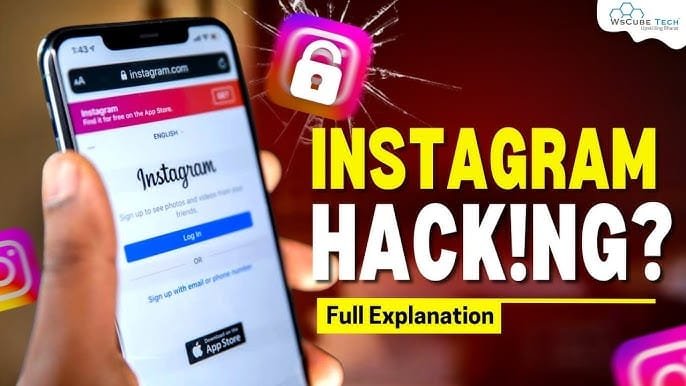How to Hack an Instagram ID: A Guide to Understanding Cybersecurity Risks

How to Hack an Instagram ID. This article serves an educational purpose only and is intended to help readers understand the risks of Instagram account hacking. Hacking someone else’s Instagram account is both illegal and unethical and is strongly discouraged. The knowledge in cybersecurity should always be used responsibly.
1. Introduction to Instagram Security
Instagram is one of the most popular social media platforms in the world, serving millions of users. Therefore, understanding how it is protected is critical to maintaining one’s account secure. Some of the security layers Instagram uses include:
Password Protection: The password is stored securely using an encryption algorithm.
Two-Factor Authentication (2FA): an additional step to merely providing the password to log in, requiring further verification.
Suspicious Activity Alerts: Instagram will notify the user whenever an unusual attempt to log in to an account is made.
2. Common Hacking Techniques
Before safeguarding an account, it is essential to understand how it can be hacked. There are a multitude of ways to do so, such as:
Phishing attacks: the user is deceived into entering their login details into a website that they believe to be Instagram’s, but in reality, it was created by a hacker wanting to steal their information.
Brute-Force Attacks: automated attempts to log into a user’s account with varying passwords until the correct one is discovered.
Keylogging: devises a piece of malware that runs on a user’s device and records their keystrokes when they log in, gathering information about their login details and password.
3. Identifying Phishing Scams
Phishing remains the most common technique to get the login details for someone’s account. However, there are some ways to recognize such fraud and avoid it:
Check the source: look at the sending email address and the URL through which you should enter your data. Instagram’s official emails typically turn from a @ to a different URL, and the user should ensure this URL is verified.
Never make hasty decisions: Phishing attempts rely on pressure and urge users to make decisions quickly.
Look at links: remember to never click on a link; instead, you can hover the cursor over it to see where it leads.
4. How to Protect Your Instagram Account
However, the best defense against hacking attempts is to secure Instagram usage. Here are some of the steps an account owner should take:
Activate the Two-Factor Authentication : enforce receiving an SMS with a code every time you attempt to log in.
Use a strong and unique password: it is better to choose a password that cannot be pretty guessed by Instagram users and ideally consists of lowercase and uppercase letters, numbers, and other characters.
Do not forget to change the password: to prevent your password from being deduced in time, it is a good idea not to forget to change it occasionally.
Watch your account activity: always keep track of who else attempts to log in to your account.
5. What to Do If Your Account Gets Hacked
If the user believes their Instagram account has been compromised, the following steps should be taken:
1. Change your password: if you still have access, do this as quickly as possible.
2. Raise the matter with Instagram: there are several support channels through which one can contact Instagram and tell the service of the breach.
3. Check connected apps and permissions: users should ensure no significant unfriendly applications are connected to their Instagram account.
6. Conclusion
In conclusion, while knowledge about hacking techniques can help an Instagram user understand how to defend the account, this information should only be used for good. One must prioritize securing one’s data and that of others. Some attackers will do their best to get someone else’s sensitive information and use it to the detriment of the information’s owner. How to Hack an Instagram ID


